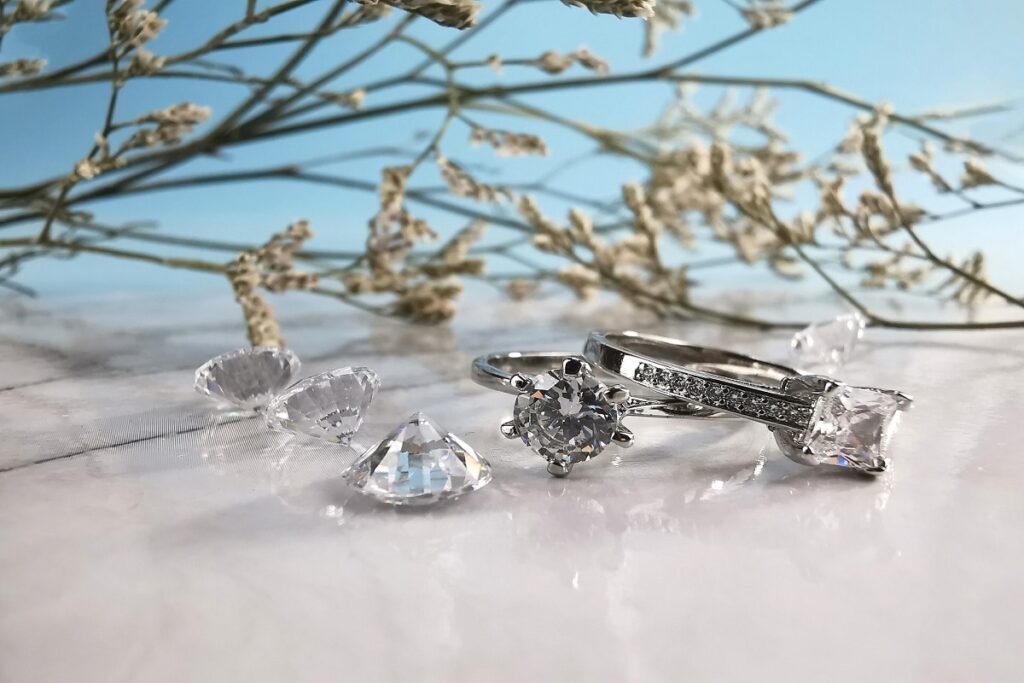When people look at diamonds, different aspects may catch their eye. Some may focus on the brilliance, which is the way the diamond sparkles. Its fire, or the dispersed white light bounced from the diamond and reflected as playful colors, may also be worth noting. Some may look at the color—is it icy white, or does it exude a warmer glow? Others may be mesmerized by the shape: classic ones like the round and cushion always look appealing, while quirky cuts like the marquise and the emerald may fascinate new enthusiasts. Some if not all of these are influenced by the diamond culet.
What Your Diamond Culet Means To Your Jewelry
A few collectors may tend to focus on the overall structure of the diamond. It’s not the most eye-catching, but it does pertain to the overall structure of the diamond. Adhering to the 4Cs of diamond beauty aside, a diamond with an integrally stable structure can be quite the investment in your jewelry box.
One of the points that factor in here is the diamond culet. This part of the diamond, while most times hidden from view, can highly affect a lot of the diamond’s structure and appearance.
Parts Of A Diamond
To begin understanding a specific part of a diamond, it’s best to take a look at the entirety and see where that part falls. Modern diamond cuts have five main parts. Regardless of shape, it’s highly likely that your diamond will have these parts.
Table
When you look at a diamond, you are basically looking at the table. It is the biggest section and facet of the diamond. Situated at the very top of the diamond, this part absorbs any light into the diamond.
A bigger table means a more brilliant surface, but a less fiery appearance. The value of this trade-off highly depends on preference. Some jewelry owners prefer muted and icy sparkles, compared to a disco ball effect that comes with a very fiery diamond.
More than its effect on the brilliance and fire, the table can also help hide inclusions. Smaller tables mean fewer inclusions will be noticeable, with the help of a stronger fire and a smaller looking glass, which a larger table will surely provide.
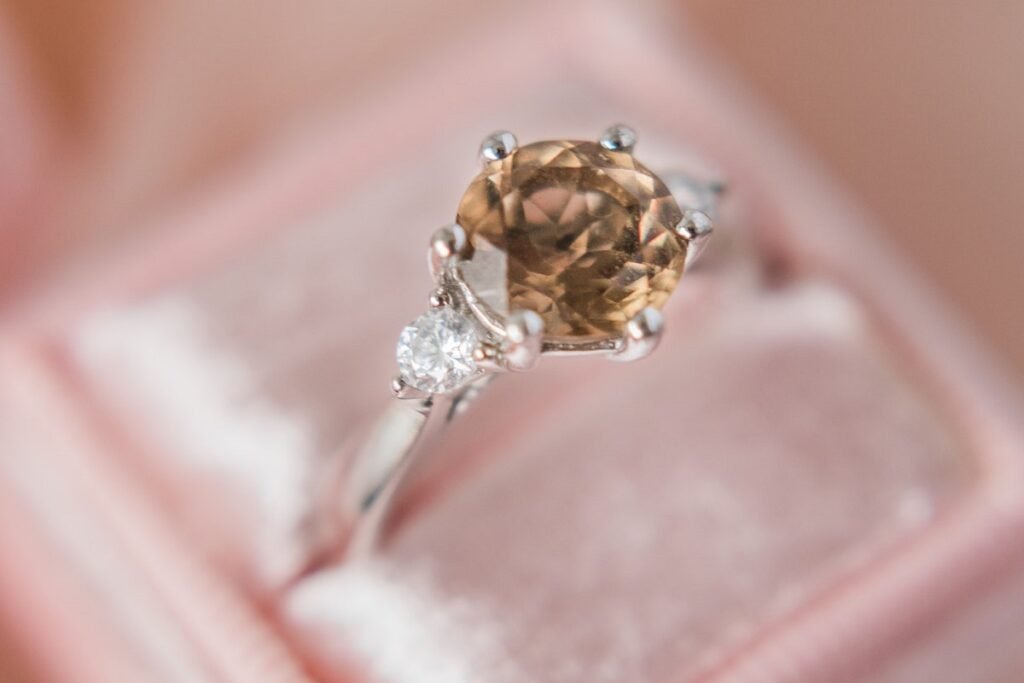
Crown
Moving a bit down from the surface, you will get to the crown. This part of the diamond essentially encompasses the table, and can vary in height depending on the depth of the diamond. A deeper diamond means the crown will be longer and more inclined.
The faceting that occurs in the crown typically takes the shape of a kite. From an angle, you can see a row of facets shaped like a kite lined up connecting the table to the girdle.
Girdle
If you were to ask, “What is a diamond girdle?” the simplest answer is that it’s the outermost edge of the diamond. When viewed from the top, the girdle will provide the outline for the entire shape of the diamond.
Some jewelry experts may see the girdle as one that needs the “Goldilocks” measurement. It should not be too thick or too thin, or repercussions may arise. Very thin girdles result in a knife edge meeting of the crown and pavilion. This kind of structure can be very prone to exterior damage. On the other hand, thick girdles tend to create an illusion of a smaller diamond, as it wastes the surface area that is generally not seen from the optimal peak angle.
When it comes to the diamond girdle, it pays to tap your jeweler’s recommendation. Girdle measurement is not always just about meeting a certain number. It should also factor in aspects like ring setting, diamond shape, and even the diamond owner’s lifestyle.
Pavilion
From the widest part of the diamond, the gemstone’s outline will now converge slowly towards a pointed tip. The main lower portion of the diamond, known as the pavilion, is the mirror portion of the crown. However, it may be longer and bigger than the crown, depending on the diamond’s overall depth.
The pavilion may be one of the most crucial parts involved in symmetry. You may wonder, “What is symmetry in diamond?” Some may assume that this refers to the overall shape of the diamond being the same on all sides. In effect, this also becomes the result of good symmetry in diamonds. However, in diamond symmetry grading, it typically refers to the alignment of the facets.
Having good alignment means you can expect a good look for your diamond. In fact, even a “fair” grading can be detrimental, if you are looking to have a brilliant diamond surface.
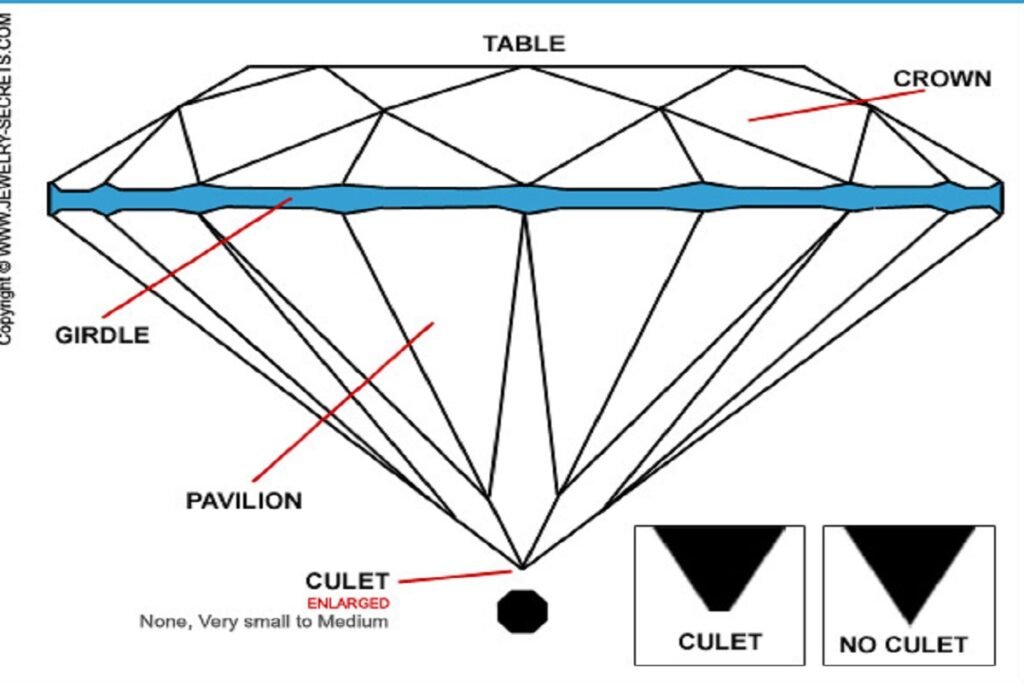
Culet
Then we get to the culet. First, you may ask, “What does culet mean in diamonds?” Compared to the other parts, this is probably the smallest one in relation to the entire diamond. It’s located at the bottom tip, directly in line with the center of the table, especially for very symmetrical diamonds.
All About The Culet
Looking at a diamond, experts’ eyes can discern the culet from the table alone. When grading the culet, the comparison may range from 1.5% to 15% of the average diameter of the diamond. Anything that is near the maximum number can be easily seen even by the untrained eye, whereas those nearing the smallest amount will need magnification for a better view.
Grading system
In the same way that appraisers give value to a diamond, the culet plays a part in that assessment. The diamond culet chart features a grading system that showcases the typical size range for culets.
Ideally, you can rate the culet from none to extremely large. If you want to have a loose diamond appraised, an appraiser will turn it over on its table, so that the culet faces upward. This allows for a better sense of the culet’s size in relation to its angle and sharpness. Some experts may appraise its size in relation to the diameter of the diamond.
When you have the smallest possible rating, the culet appears pointed. Smaller culets tend to be vulnerable. Similar to a very thin girdle, which can become as thin as a knife’s edge, a pointed culet can become a weak point. Typically, a diamond with a very small culet will need more care. The setting has to give extra protection to the culet to keep it from chipping.
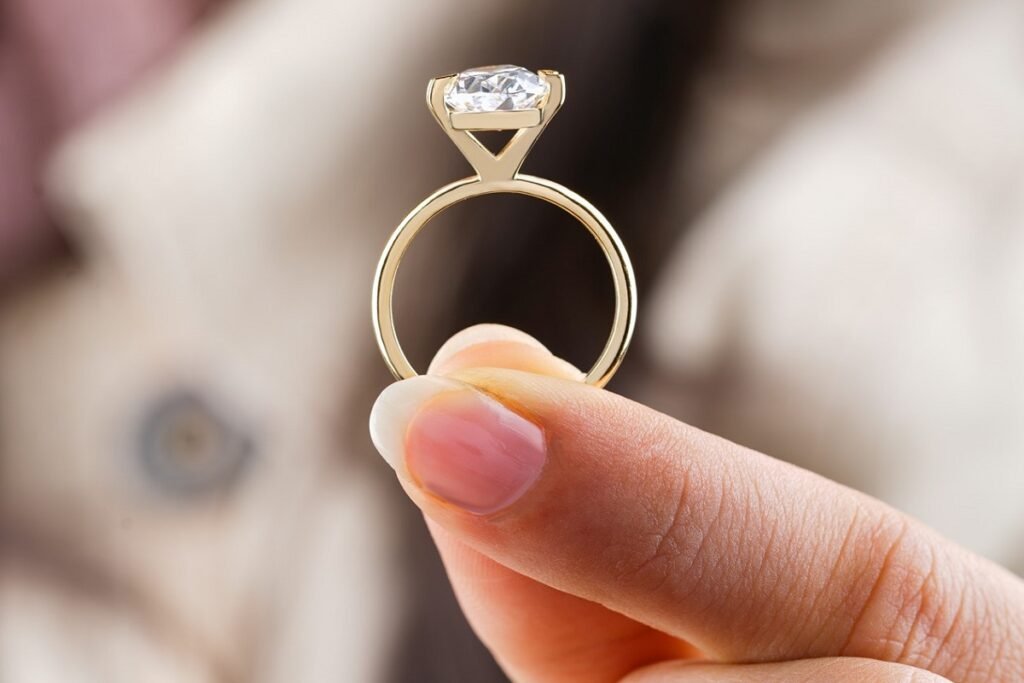
As the culet becomes bigger, it becomes more protected against chipping. However, it can also affect the overall visual appearance of the diamond. Very large and extremely large culets will be visible from the table, and will affect the overall appearance.
If your diamond has a culet, experts believe it would be best to have at least a medium-sized culet. This makes the culet more stable and safe from chipping, while the slight effect on the overall visual does not cause any aesthetic issues.
How it affects the diamond
What exactly is the culet’s role in the diamond’s look? The point tends to reflect the light that passes through the stone. This creates the play of colors that lead to the fire effect within the diamond.
Some jewelry experts would gauge the culet based on their diamond preference. In earlier times, diamonds like the Old European Cut and Rose Cut diamond were all the rage. Even when they were hand-cut, they featured another unique aspect, which is a lack of pavilion and culet.
Nowadays, when many jewelry enthusiasts like fire and brilliance, many jewelry owners like medium-sized culets for both stability and minimal visual issues.
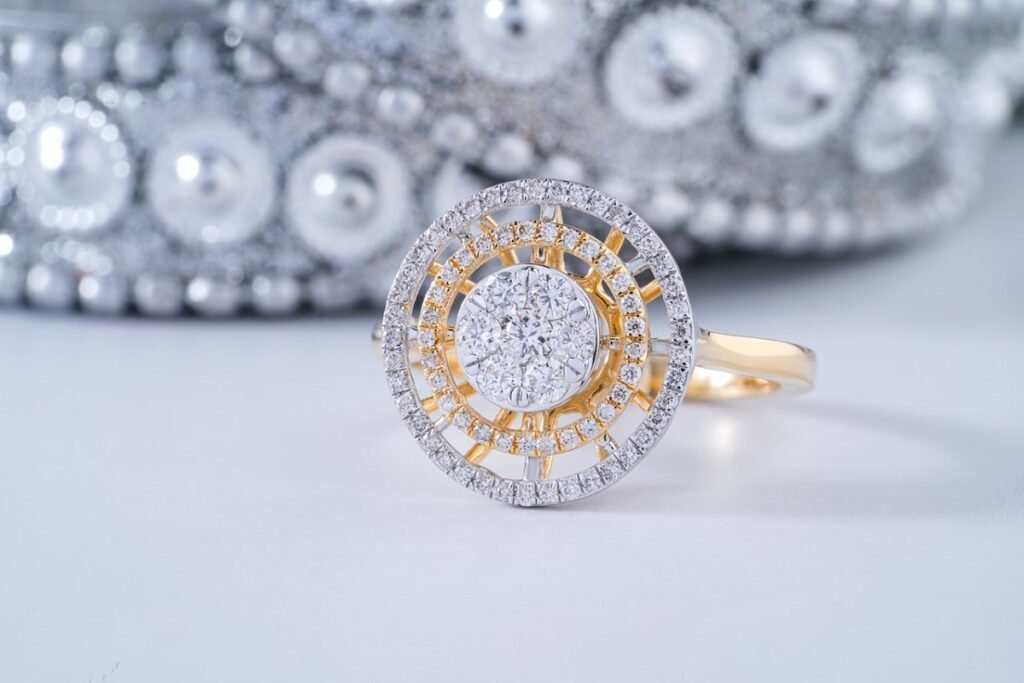
No culet? Problem or no problem?
As mentioned, culets may even be a matter of preference. Modern jewelry makers may avoid diamonds with large culets as they can break the beautiful pattern seen on the table with a highly visible culet. On the other hand, some styles, like rose cut diamonds, stand testament that pavilions and culets do not affect the overall integrity of the diamond.
But there’s a catch: clear diamonds benefit from this, but it may be a different story for those with inclusions. No culets means there’s nothing to reflect the light back to the table. This is why rose cut diamonds tend to be transparent and lack the typical fire of modern diamonds. It’s also why many rose cut diamonds need to score high on clarity. Because inclusions can easily be seen in rose cut diamonds and those that are near transparent with no culets.
How do I get the most out of culets?
With the more diverse choices of diamond styles available, you can have more options to choose from. But it’s crucial to know how the effect of a culet will be on two things clarity and symmetry,
First, very clear diamonds will fetch a more premium price. For this, you will get a diamond free of, or with only minimal inclusions. Having a larger culet means there is already an inclusion-like reflection when looking at the table.
Also, larger culets tend to reflect issues with symmetry. This reflects possible poor facet alignment on the pavilion. If you are working with this kind of diamond, a good course of action would be to spend more on other aspects, like a beautiful setting or metal to complement the ring and minimize the flaws’ appearance.
A culet in different cuts
Most modern cuts may have culets that vary in size. But even similar-sized culets can have a different effect depending on the diamond’s cut and shape. For example, if you’re curious and ask, “What is culet in emerald cut diamond?” it may have a different effect compared to a round cut diamond, such as the one in this Ritani review.
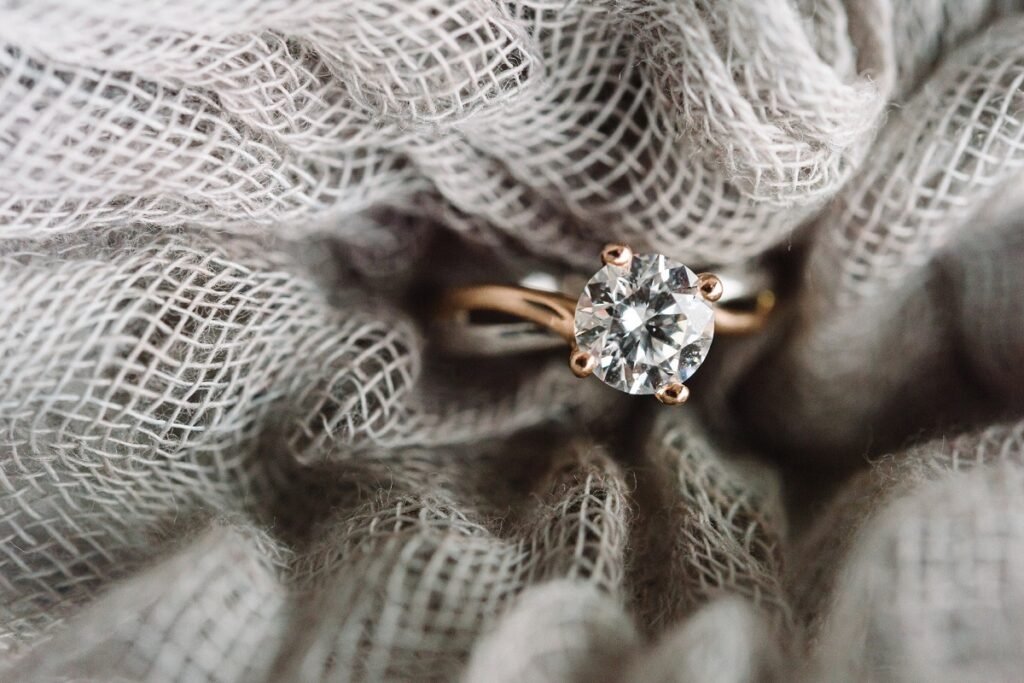
For an emerald cut, contrast is important because it ensures that your stone has enough sparkle. To begin with, the emerald’s sparkle already pales in comparison to other brilliant cuts. That’s because emerald diamonds have bigger table facets to better reflect virtual facets. Because the emerald diamond also relies on optimal symmetry to achieve a contrast in patterns, a well-placed culet can affect the entire balance.
If the culet is not well-paralleled to the table, it can create a distortion in the virtual facets. The same goes if there are inconsistencies in the edges of the table. Thus, you need top-notch craftsmanship for this.
Even though you also need good symmetry with brilliant diamonds, the fire that refracted light creates can act as a sort of illusion. This can hide some slight imperfections, and still give a good appearance for your diamond overall.
Caring For The Culet
To be clear, it’s not a question of is the diamond culet good or bad, but rather, on the kind of diamond you have. If you happen to have a diamond with a less-than-ideal culet size, worry not. Experts suggest some tips can help ensure the stability of your diamond.
Get the right setting
The setting can be your diamond’s best friend. It will be the protective gear, especially for diamonds with smaller culets. Thus, it pays to invest just as much in a jeweler who understands the importance of using the ring setting in more ways than just a way to wear the ring.
The same goes for other fine jewelry pieces, like pendants and bracelets. Choosing the right setting can help prolong the diamond’s lifespan. In the hands of a good jewelry artisan, you can even expect a beautiful setting that encases the gemstone.
Store loose diamonds carefully
Loose diamonds can be more vulnerable. They lack the proper protection that the setting can provide. In case you have loose diamonds, check the culet size. For pointed, almost nonexistent culets, make sure you properly wrap the diamond in protective layers of cloth and padding. If possible, secure them in a container where the diamonds won’t rattle and bump against other stones or objects.
Want to get some more inspirations on an engagement ring design? Check out “Ring Redux: Celebrities Who Redesigned Their Engagement Rings.”

